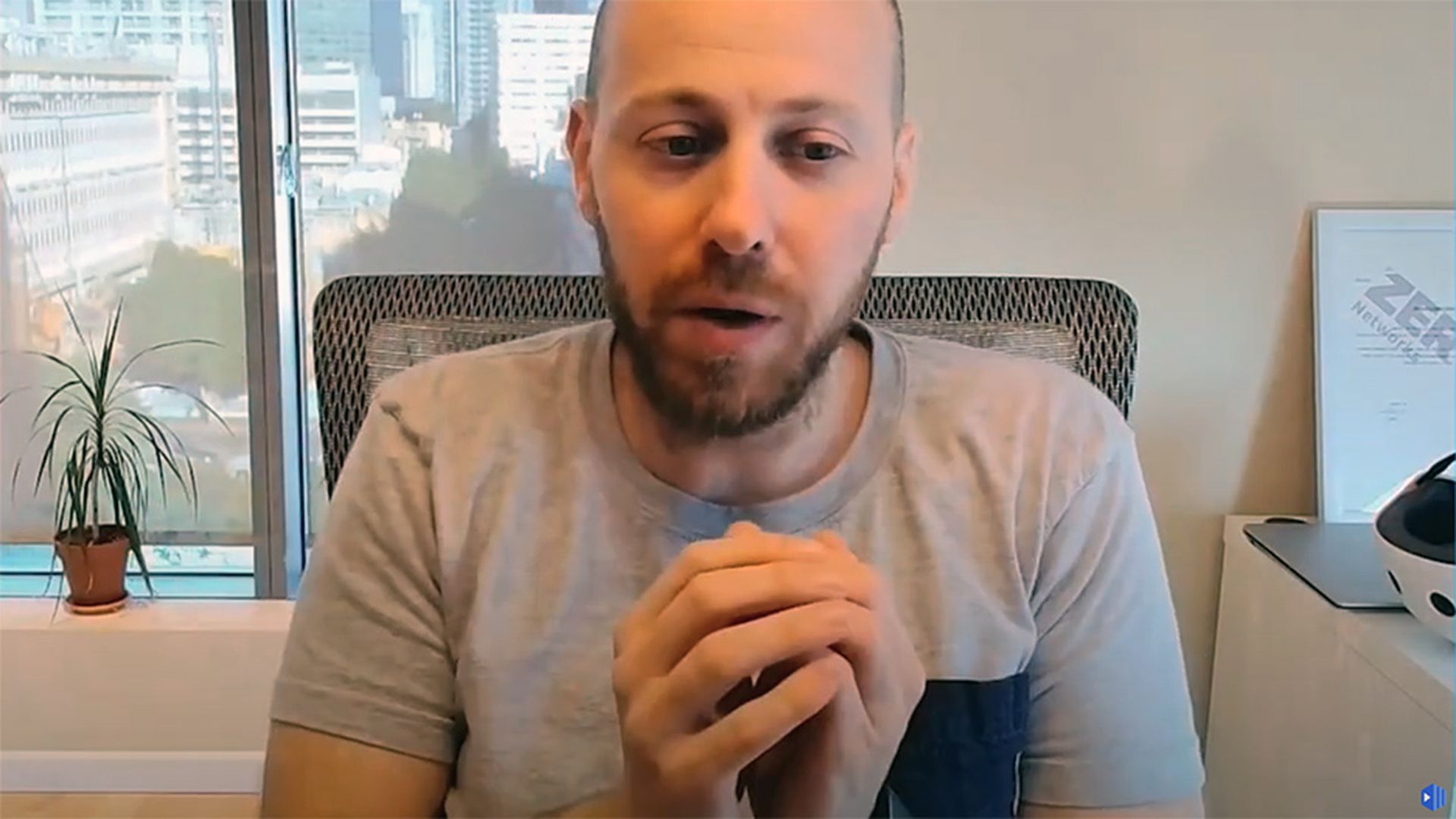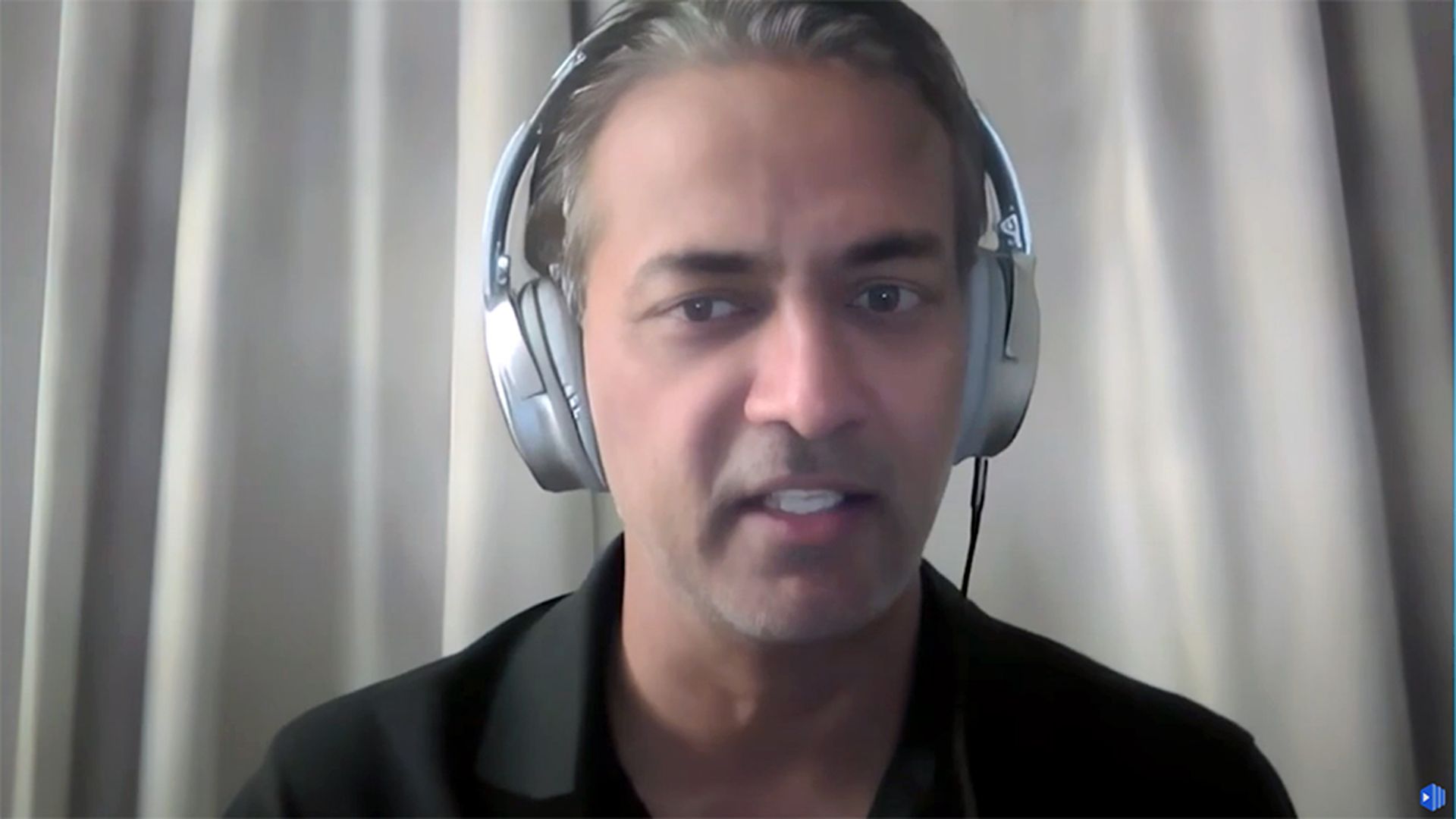Security works best when we rely on influence over force, especially when we lack the authority to compel action. We’ve recently explored a few different ways to approach authority without influence, including reframing and creating soft pressure.
The time invested in getting all the pieces lined up and working helps you move faster with better outcomes and less friction.
For some, figuring out the carrot without relying on the stick feels weird. This is where we use the scoreboard to create the right incentive. Keeping score stokes healthy competition and pairs well with the ‘soft-pressure’ approach that lets local leadership drive action by asking, not telling.
There are three keys to success when keeping score.
The scoreboard is for them, not you
The default of a lot of teams is to keep score based on what we want, which is often out of alignment with what the local leadership needs to support their soft pressure approach. Start by asking the local group what they need and how to best support them.
In the recent example, Jesse and Peter (not their real names) helped us understand what worked at the local site. Naturally, the structure of our reporting dashboard didn’t match the reporting structure they needed to keep score, and without some changes, we’d lose the incentive.
It took our lead architect a few days of work to figure out how to present the right information in the right way. As a result, we got them what they needed and still collected the information we needed to show overall progress.
Focus on winners instead of calling out losers
As soon as we brought up the scoreboard idea, our team lead said, “Good. Now we can call out all the people who didn’t do it and let them know they are losers!”
I don’t recommend that.
Sometimes competition brings out ribbing between teams. If that’s what works for them, great. But our focus is on helping everyone achieve the goal. We need to help people feel good instead of making them feel bad. We can use the scoreboard to learn how to do better.
Scoring is a signal — use it to learn and improve
Instead of focusing on losers, use the scoreboard to inform what you can do to make it easier for people to change. Focus on the teams moving faster and explore if they figured out a way to explain or get people to act that might benefit other teams. Similarly, talk with the folks lagging to understand what gets in the way and how you can help.
Recognition from winning and finishing is the incentive
Use the scoreboard to recognize winners and finishers alike. Most of us possess an innate need to contribute and earn recognition for our efforts. Let the scoreboard drive the competition, then recognize everyone who finished while encouraging those still in process. Help them get over the finish line to earn the recognition they deserve (and might not get too often).
Get this right and you won’t need to offer additional incentives.
The upside of working with others to clarify, create soft pressure, and keep score is freeing up your time and energy to tackle the next problem to solve. As security leaders, we need to practice the art of influencing without authority as a powerful way to reduce friction and deliver value faster.




